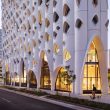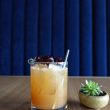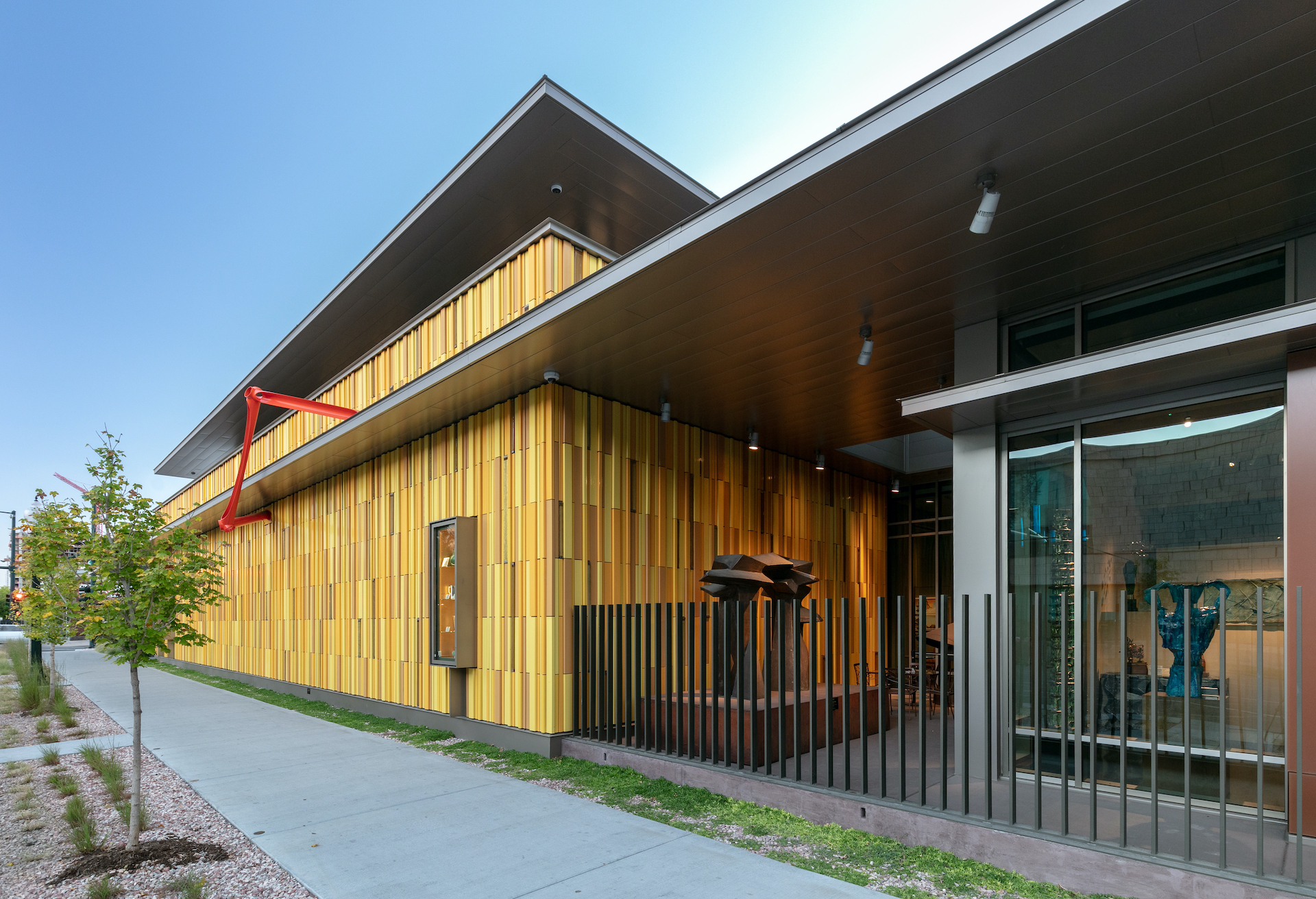When we think of regional art hubs in the U.S., our minds often go to New York or the southwest, not Colorado. One of the goals of Denver’s Kirkland Museum of Fine & Decorative Art is to show that Colorado’s art history is just as exceptional and rich. In celebrating its 20th year, the Kirkland Museum does just that with its recent exhibits and events.
Named after Vance Kirkland, one of Colorado’s most influential painters, the museum is home to over 30,000 works by more than 1,500 artists and designers. There are three main collections that flow together in salon style: an international decorative collection from the 1870s to the present, a Colorado and regional art collection from 1845 to the present and a retrospective of Vance Kirkland’s life and works.
“It feels like a home when you walk through the museum,” says Maya D. Wright, the Director of Interpretation at the Kirkland. Salon-style means that the museum is arranged into intimate little living spaces called vignettes, where you might find a painting hanging above a sofa and glasses atop a coffee table. Imagine an Ikea but every object is a piece of fine or decorative art.
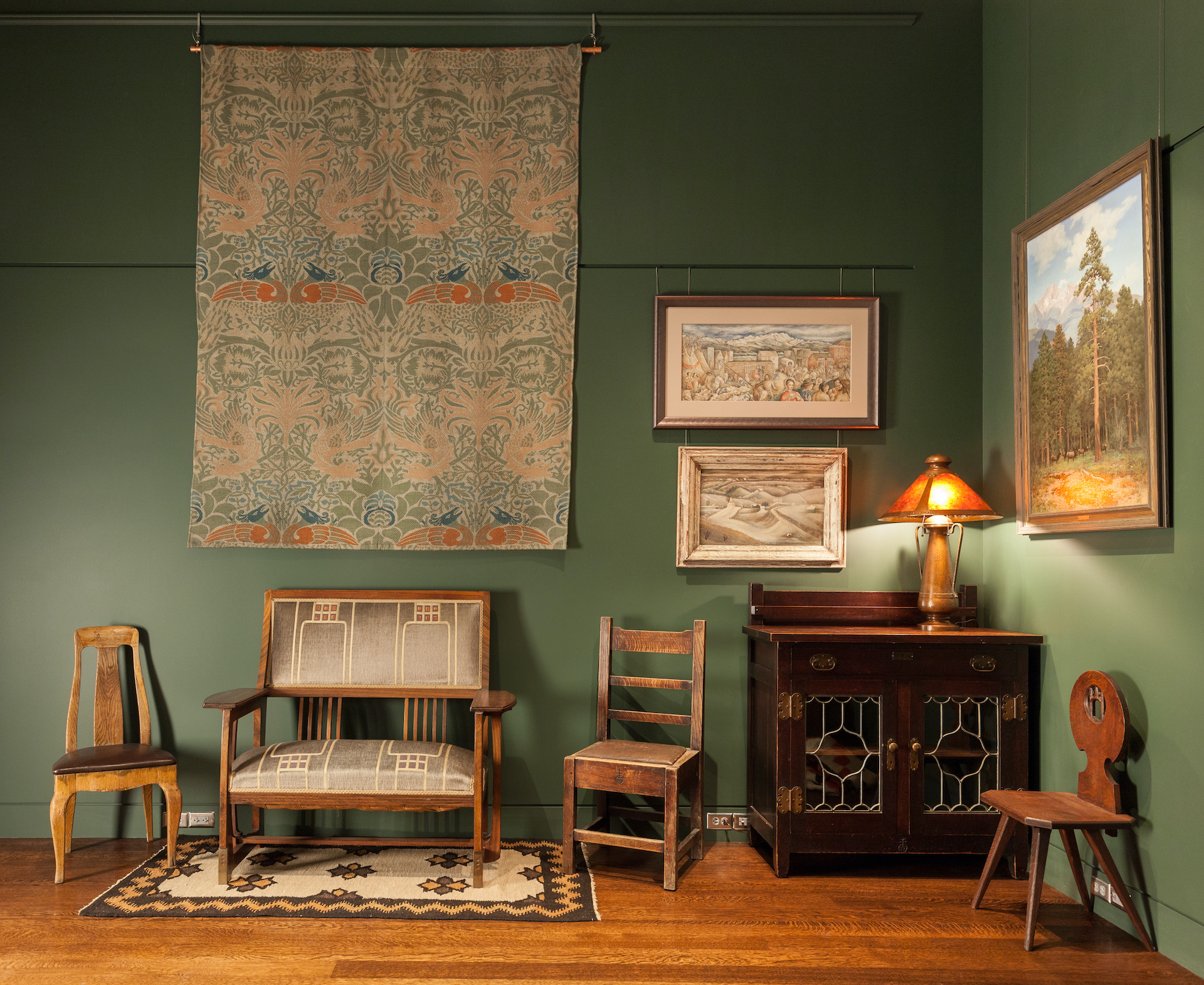
Hugh Grant, the founding director and curator of the Kirkland, chose this layout because he wanted things to be seen at the angle and in the context they were intended to be experienced. As opposed to the minimalist, curated display of other museums, this unique salon style allows you to observe whatever your eye is drawn to out of a maximalist array of pieces. The vignettes are chronologically arranged, allowing you to travel through 150 years of art and design.
Grant’s vision for the Kirkland was inspired by his mentor, Vance Kirkland. Throughout his successful career, Kirkland served as the founding director of the School of Art at the University of Denver at Chappell House. He worked to create the Modern Art movement in Denver, establishing the Kirkland School of Art (1932-1946) and invented various unique techniques for his paintings.
Kirkland’s works include surrealist depictions of dramatic Rocky Mountain vistas, cosmic dot paintings and abstract mixtures of oil paint and water inspired by his synesthesia — the ability to sense color from listening to music. Grant, who inherited Kirkland’s estate after his death in 1981, keeps Kirkland’s vision alive and serves the community through exhibitions, the loan of works and public programs. The heart of the museum is Kirkland’s 1910-1911 studio and art school building, which was relocated from its original location at 13th Avenue and Pearl Street.
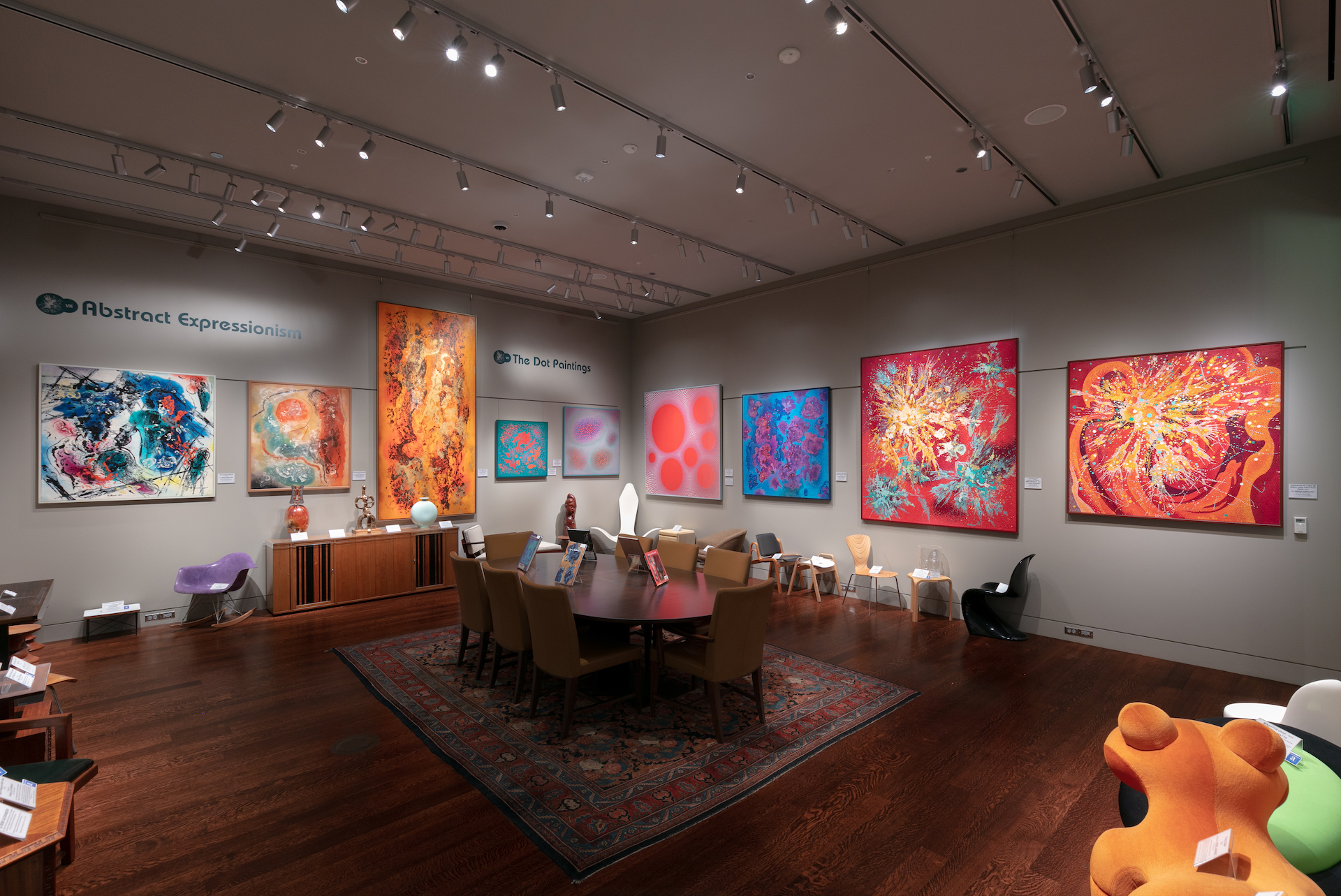
Kirkland was fond of saying, “If I’m going to eat off of something, drink out of something, or sit in something, it’s going to be a great design.” Although most of the museum’s collection was collected after his death, Kirkland instilled that love of beauty and good design in his mentee, Grant.
“I think the vision of that quote really carries through what the museum is trying to do,” said Wright. It also serves as the inspiration for the upcoming series of three events that will honor female designers in the museum’s decorative collection, entitled Eat, Drink, Sit. “It fits well because decorative art is sort of the history of eating, drinking and sitting.”
In celebration of its 20th anniversary, the Kirkland is honoring an element of each of its three collections with various events. At the beginning of the year, it honored Vance Kirkland with an exhibition focusing on his never-before-seen paintings. Currently, starting from June 21 through Oct. 1, the museum is exhibiting works by Dave Yūst, a longtime Colorado artist and educator. The final event will be the Eat, Drink, Sit series in honor of female designers in the museum’s decorative collection.
Considered by Hugh Grant to be one of the most important abstract painters in Colorado and the regional states, Dave Yūst’s work explores geometric curves and free-flowing vibrant colors. His background in aeronautical engineering and architecture has influenced his use of shaped canvases and catenary curves — the curves that a hanging chain assumes under its own weight when supported only at the ends. These curves are direct evidence of gravity, hence the exhibit’s name: Dave Yūst – Evidence of Gravity and Other Works.
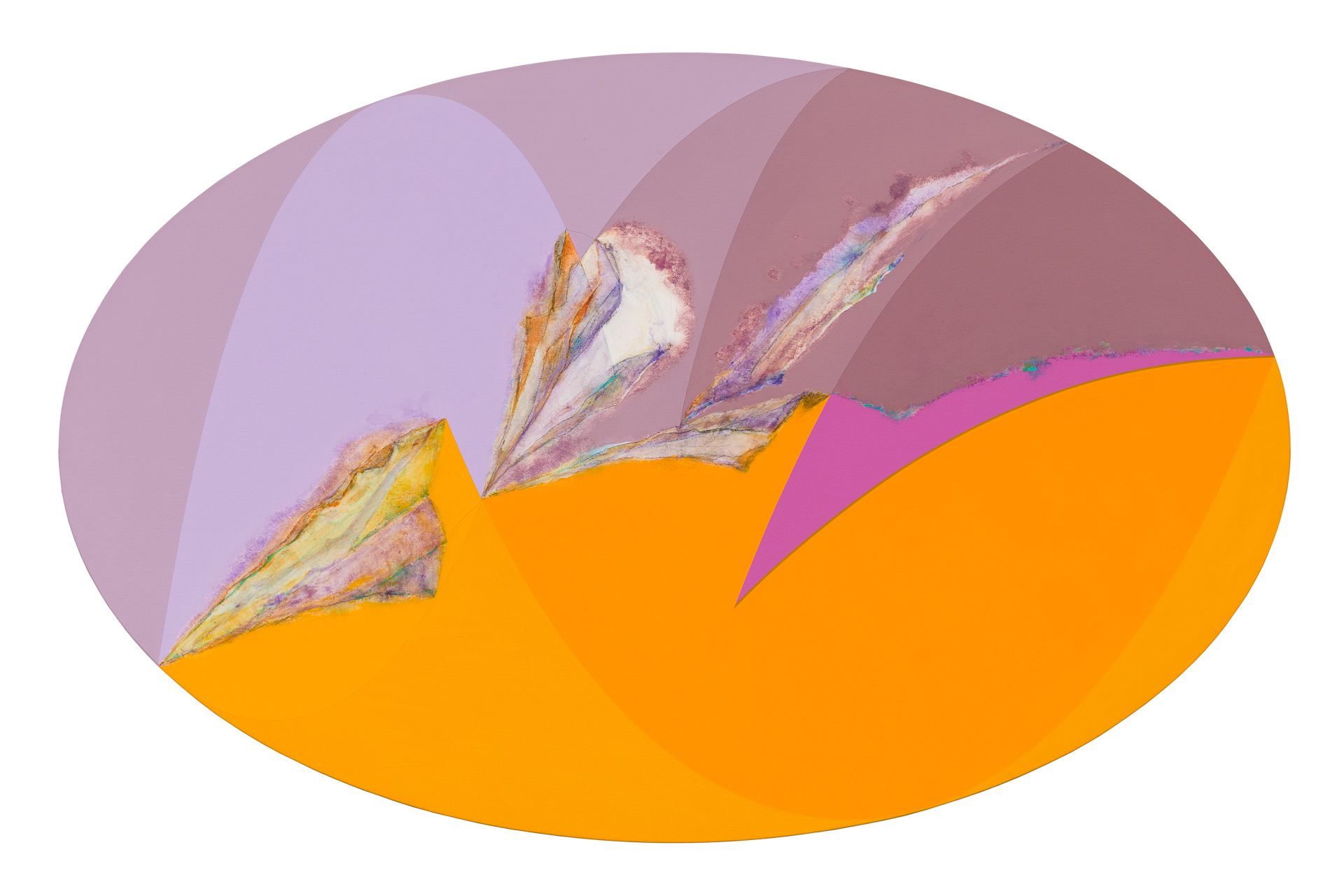
The Kirkland is hosting an Evening with Dave Yūst on Wednesday, Sept. 13, where the artist will talk about his artistic process and the works on view at the exhibit. Attendance is very limited so get tickets soon. If you can’t make it, make sure to experience Yūst’s lively artwork for yourself before the exhibit closes on Oct. 1.
Given the Kirkland’s rich history, diverse collections and dedication to showcasing Colorado’s art scene, there’s something for everyone to love. Purchase tickets here.


